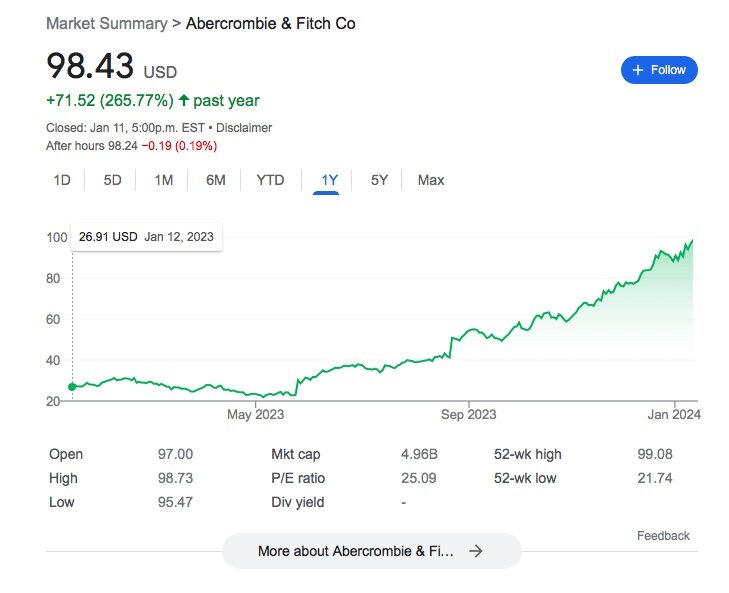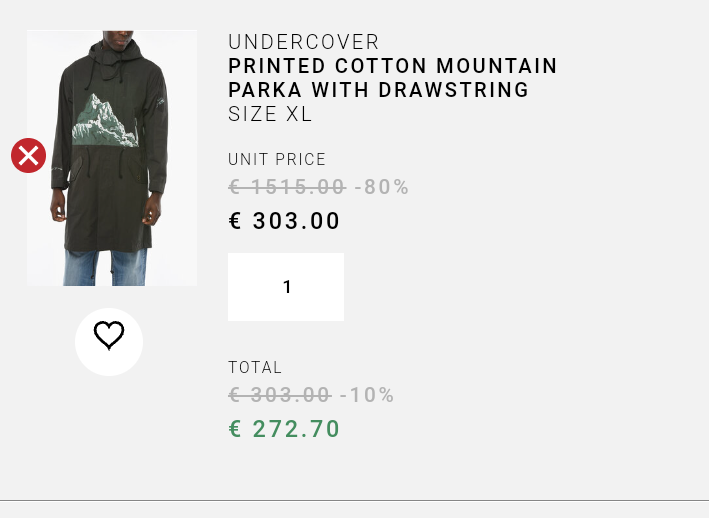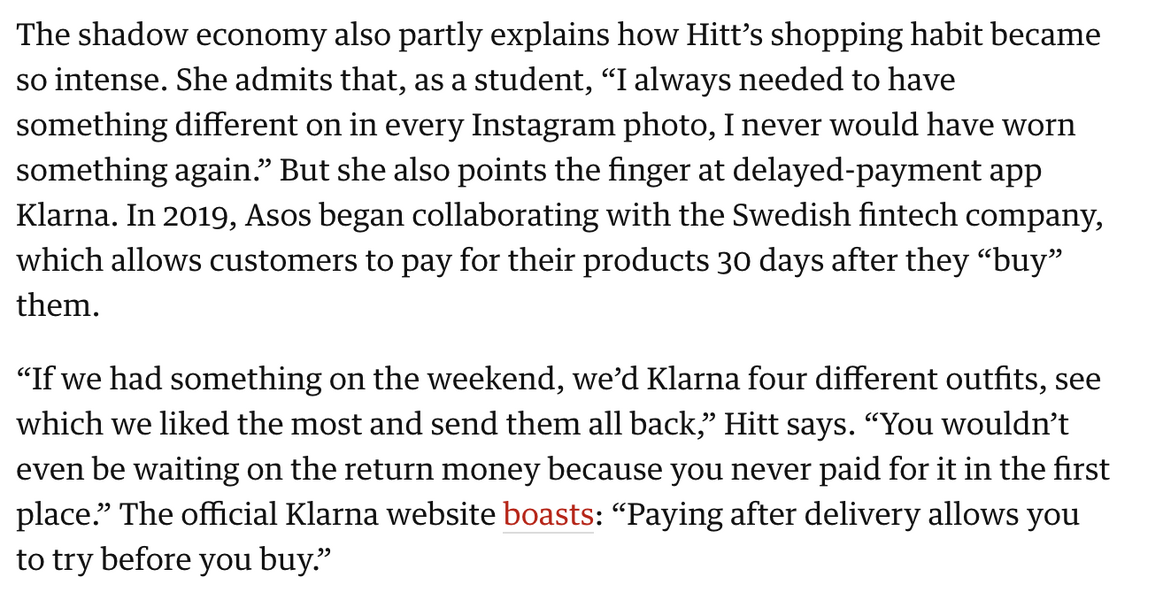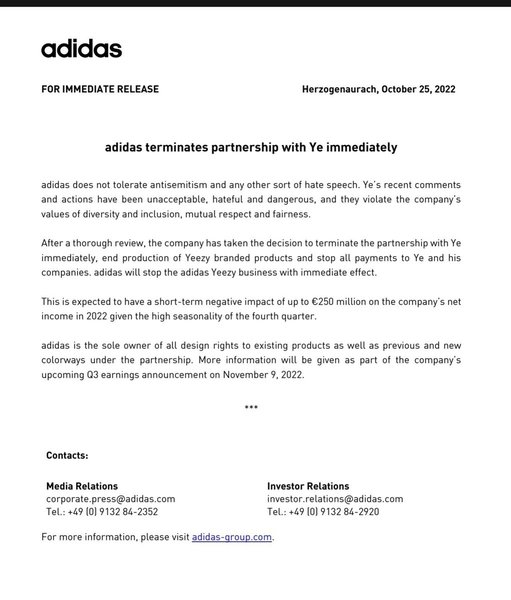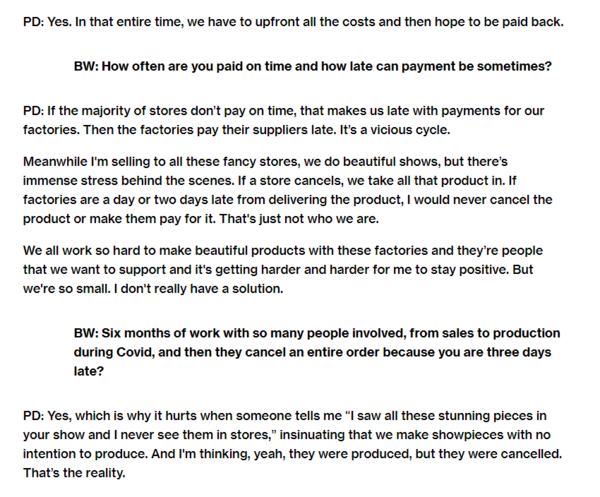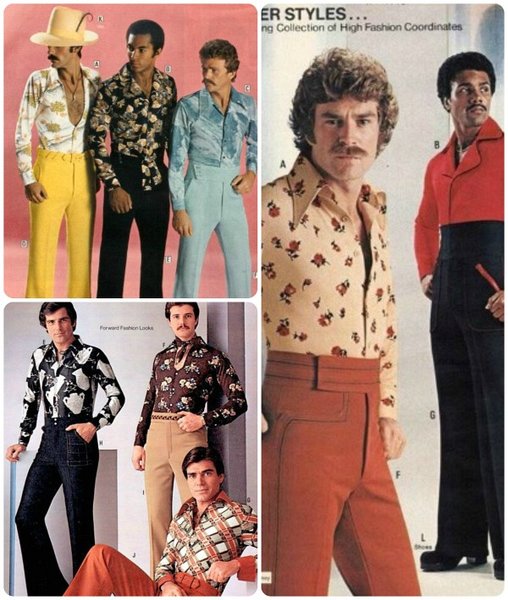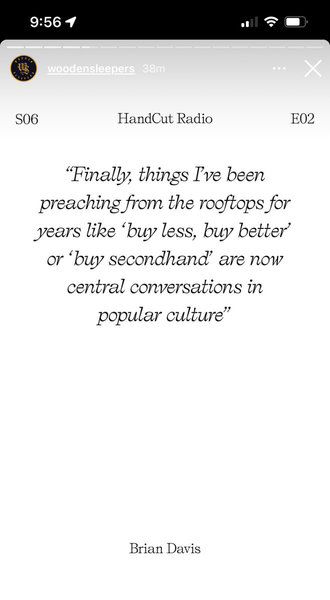- Joined
- May 9, 2013
- Messages
- 2,988
- Reaction score
- 4,053
if you wan to lift and great number of people out of world poverty,Overpopulated means that if we want to lift a great number of people in the world out of poverty, it will necessarily have a very taxing effect on natural resources and our environment. What is the "stable" population level, I don't know.
There's something called the Kuznets curve, which says that post-industrial economies can be relatively green, and that it's the industrializing economies that are polluting. And today, many people believe that you can skip through some parts of the industrialization process (in old econ theory, you pass through economic development in discrete stages, such that you go from agrarian to industrial to postindustrial). Some people feel that you don't have to go through those discrete stages anymore. A long time ago, I worked an overseas project where I helped some regional government in a low-income country try to develop a service-based green sector (I was part of a team). There are many developmental groups trying to work on things like that. The idea is to help an area get richer without having to rely on dirty factories.
But to get people out of poverty, you still mostly rely on trade, and that trade will necessarily be taxing on the environment in some ways. A fully closed off economy can't develop in the same way, especially if they have a small population (and even then, they often still need to trade).
Alexander Gerschenkron wrote a book called Economic Backwardness in Historical Perspective. He noted that it's not only the gap between rich and poor countries that matters, but the speed of development. Poor countries can't afford to take 150-200 years to industrialize and catch up to where rich countries are today, as the gap grows at a much faster pace. Unequal relationships between poor and rich countries can have bad political consequences. But fast development also has its own environmental consequences.
you stop exploiting them
you give them education, skills and personal discipline that leads to wealth.
I am from a poor country (Jamaica) in the early stages, Singapore took many of its ideas from Jamaica in its early independence in the 1960's.
Now Singapore is a wealthy nation, Jamaica isnt. the difference?
Singapore has strict discipline about what kind of society its wants to have, what it wants to accomplish on The world stage and leaders who have the ability to execute such a vision.
I am proud that Jamaica has an impact on the world stage, far exceeding its size and population.
We gave the world Bob Marley, Rastafarianism, Reggae, great soccer players. The fastest Man and Woman out of over Seven Billion people on the planet. We have an abundance of talent and natural resources, but we are also a nation riddled with corrupt Politicians, broken family structures and crime that turns the stomach. all things that keeps a potentially wealthy nation riddled in Poverty
Instead of harnessing the talent available, our economy is based primarily on Tourism and Remittance - essentially living off the goodwill and benevolence of others.
I support first world efforts o lift people out of Poverty, but the other side of the deal is changing the mindset that causes people to be in poverty when they dont have to, or staying in it longer than they should with (collective) bad lifestyle choices







